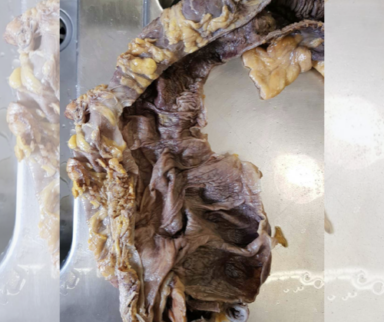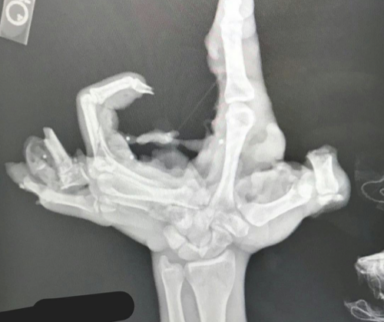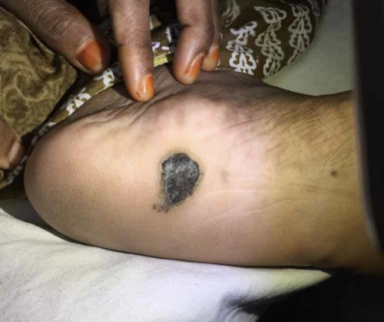
The prognosis for patients with relapsed/refractory large B cell lymphoma has historically been poor. The median overall survival rate is only 6.3 months. But over the last five years, there have been significant advances in patients who have had no success with standard treatments such as salvage chemotherapy and autonomous stem cell transplant.
Three novel CAR-T cell therapies won FDA approval in 2022 based on several pivotal studies; Zuma One (Axicabtagene Ciloleucel), Juliet (Tisagenlecleucel), and Transcend (Lisocabtagene Maraleucel).
Dr. Manali K. Kamdar, Clinical Director of Lymphoma Services at the University of Colorado, said, “Encouragingly, we now do have long-term follow-up data from Zuma One, Transcend, as well as Juliet that actually support the curative potential of CAR-T cell therapy in relapsed/refractory large B cell lymphoma after failure of two lines of treatment. Across the three studies, we now have a five-year survival that is in the range of 30 to 43%.”
Trials involving the newest therapy, bispecific T cell engagers, have also yielded excellent efficacy and safety results, which led to accelerated FDA approval of glofitamab and epcoritamab in 2023. The overall response rate for these treatments was between 50-60% and the complete response rate across the two constructs was in the range of 39%.
What Are the Advantages and Drawbacks of Each Therapy?
According to Dr. Kamdar, the big question in this new era is what to choose if patients have relapsed after two or more lines of treatment.
“If we were to talk about just the case for CAR-T cell therapy prior to bispecific T cell engagers in the third-line setting, I think I favor that because there’s a potential for cure in about 30 to 40% of patients as a function of long-term follow-up at five years. Now, it’s a single infusion, one and done, higher response rates, higher progression-free survival, especially in the refractory large B cell lymphoma population,” she said.
But she argues a case can also be made for bispecific T cell engagers.
“I think the case for bispecifics is primarily built around the fact that it is off the shelf. As a result, immediate treatment initiation is possible. There’s no need to bridge in treatment. There’s no need to commitment to lymphoid depletion, chemotherapy. It has the potential to be administered in the community setting. But a lot of education is required because with bispecific antibodies you can still get cytokine release and the community practitioners have to be able to manage cytokine release syndrome.”
What Does the Future Hold for CAR-T Cell and Bispecifics?
Dr. Kamdar says while she prefers CAR-T cell therapy in the third line, both treatments are highly efficacious.
“I think this debate is not going to last for too long because both of these constructs are being explored in earlier lines of treatment. So, I think at this point in time, though, shared decision making would be really important to determine what the patient and his or her family, the disease state, etc., would merit in terms of choosing between CAR-T cell versus bispecific.”
Published January 16, 2024
Join the Conversation
Sign up for Figure 1 and be part of a global community of healthcare professionals gaining medical knowledge, securely sharing real patient cases, and improving outcomes.


